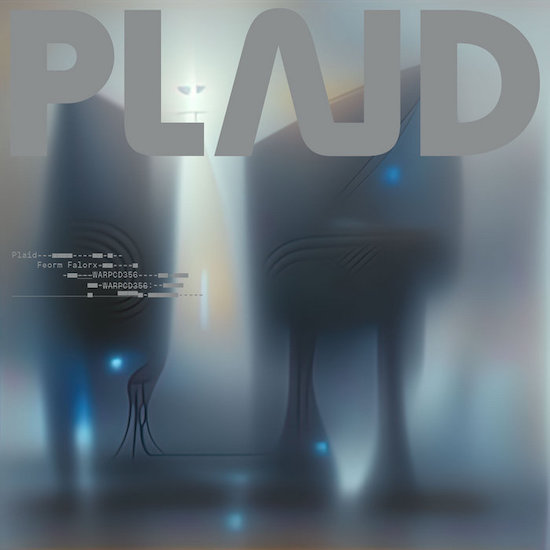Rather than embarking on any in-depth sociological research, one can simply intuit that millennials and the generations after them look to the future with apprehension and apathy – all with very good reason. Once local turmoils, now amplified by the internet, coalesce and become ubiquitous, while societies devoured by late stage capitalism accelerate towards dark places in an effort to restore the status quo. It’s unsurprising, then, for the collective consciousness to start looking towards the 1980s and 1990s with a romanticising nostalgia, elevating these past decades to golden eras. And in such a world, the vintage electronica and IDM of London-based duo Plaid becomes relevant again.
Even during their beginnings, Ed Handley and Andy Turner’s music possessed a particular disarming quality, a wide-eyed naïveté that separated them from Warp labelmates like Autechre and Aphex Twin. While others wandered off further, this candour held the bombastic optimism of their style in place. In 2022, Plaid still feel at their best on this plateau of wistful glee. In contrast to the darkly experimental nature of 2019’s Polymer, Feorm Falorx is both a return to high spirits and an aesthetic compendium of their three decades long career. Woven around an imagined festival named Feorm taking place on the planet Falorx – a concept similar to the one sonified by Oliver Coates on 2018’s Shelley’s on Zenn-la – the album explores shimmering, nigh jubilant sonic vistas, intertwining signature broken rhythms with a myriad of popping digital effects and organic sounds.
It doesn’t take long for the opening ‘Perspex’ to draw you into Plaid’s blissed-out dimension. The cut floats in gently, carried by softly distorted Rhodes piano licks and a sinuous bass guitar line, only to then erupt into a baroque concoction of opulent arpeggios, cymbal hits and harpsichord stabs. After this energetic jolt gets things started, the following nine tracks lean on the slightly gentler side but remain anachronistic by design, meant to transport us to a different, perhaps better time and place. Case in point, on ‘Modenet’ and ‘Wondergan’ squelching synth pads, faux trumpets, and inspirited claps conjure a dreamy vision of dancing in a 1980s disco club. With no worry or fear in mind, it becomes easy to get lost in this hypnagogic experience.
Yet Plaid’s escapism is never overbearing. ‘C.A.’ allows for a momentary return to reality, manifested by minimal techno soaked under a waterfall of serrated synths and melodies carried by reverberating low frequencies. Joined by long-time collaborator Benet Walsh (Mason Bee), Plaid then drench ‘Nightcrawler’ in neon colours and make it pulse along a motorik rhythm, giving it a faintly dangerous, proto-synthwave aura. Meanwhile, ‘Cwtchr’ and ‘Return to Return’ channel bright, Vangelis-like textures into an alternative soundtrack for Christopher Nolan’s Interstellar, before embracing Balearic moods and the soothing sound of hang drums.
Although the album closes with two buoyant pieces – the early Prodigy-evoking big beats of ‘Tomason’ and the seductively trembling ‘Wide I’s’ – the slivers of atmosphere it leaves behind are bittersweet. Like a rude return to reality after forty-odd minutes of euphoria. But if there’s anything to find comfort in these days, then it’s the fact that Plaid are still around, ready to provide another door to escape through – at least for a fleeting moment.


